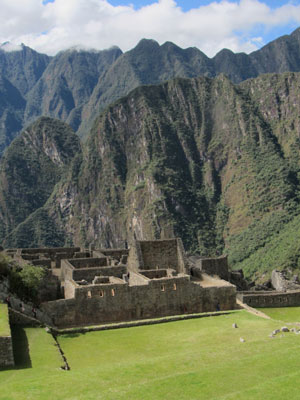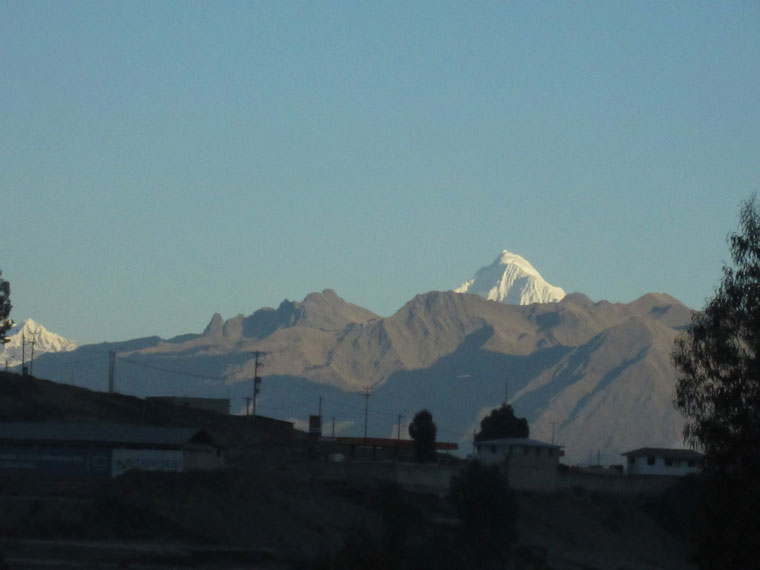By Assistant Director John Laundré

Photo courtesy John Laundré
Greetings from the sky island of Machu Picchu, Peru. I write this as we return to Cusco after a heady day at the famous Inca ruins. As we took the train in the morning to Machu Picchu, the spectacular mountain views reminded me of our mountain home in Idyllwild. Though the steepness of the slopes and the vegetation differ between the two, the similarity is that they are both sky islands.
I know we toss that term around a lot in Idyllwild but I think it is good to consider what it really means to us — to plants and animals that live there. Like real islands surrounded by water, sky islands are surrounded by low-elevation flatlands. Also like real islands, sky islands have their own unique assembly of plants and animals, determined by their size, their altitude and the distance they are from other mountainous islands. And like real islands, the size, altitude and distance vary tremendously.
About 20 percent of the Earth’s land surface is classified as mountainous. However, most of that is the lower elevations, less than 3,000 feet above sea level. As we go up slope, the amount of landmass decreases rapidly. The San Jacintos, for example, cover more than 300 square miles but only a small portion of the range towers above 6,000 feet.
And the higher one goes, the smaller, more isolated and more unique the sky islands become. This struck home to me, looking at the towering peaks surrounding Machu Picchu. Plants and many animals separated by only a few 100 yards can be totally isolated from each other for hundreds if not thousands of years. Each small isolated population, living under the specific combinations of environmental conditions on their peak, can drift apart becoming even more unique, adding to the diversity these sky islands.
But apart from the unique assemblages of nature, mountains have also played important roles as refuges from human encroachment. Unlike flatter areas that are easily altered for human needs, mountains often defy humans and their wishes. Their climate, their steepness makes mountains hard to “tame.” So more than islands surrounded by flat, they are refuges in a sea of humanity.
In the conquest of the West, many flatland species of wildlife found refuge in the higher and steeper mountains. It is in the mountains where large expanses of native vegetation can still be found. Even people, pursued by other humans, have found refuge in these sky islands, oftentimes developing unique cultures, for example the Basque of the Pyrenees, the Swiss of the Alps — Idyllwilders of the San Jacintos.

Photo courtesy John Laundré
All these factors, uniqueness of conditions, inaccessibility, isolation and refuges makes sky islands, be they the San Jacintos or the Peruvian Andes, indeed distinctive and, as we know, very special places to live. But wait, there is more.
In the next installment on sky islands, we will explore how mountains not only create their own special environment but how they can have continental consequences on the surrounding flatlands extending for thousands of miles.



